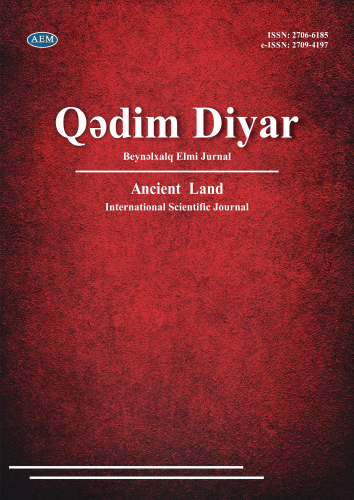https://doi.org/10.36719/2706-6185/45/135-141
Riad Khouder
Mohamed Boudiaf University of M'Sila
https://orcid.org/0009-0007-9899-9519
riad.khouder@univ-msila.dz
Sigmund Freud's Reading of Leonardo da Vinci:
Between Criticism, Praise, and Fallacy
Abstract
This study aims to analyze Sigmund Freud's perspective on Leonardo da Vinci's artistic creativity. Freud employed psychoanalysis to interpret the psychological factors that influenced da Vinci's personality and works. He based his analysis on the idea that creativity serves as a means of releasing repressed emotions and argued that the absence of a father in da Vinci's childhood had a profound impact on his intellectual and artistic orientations. Freud also provided psychological interpretations of some of da Vinci's works, such as the Mona Lisa, viewing it as a representation of the lost mother figure. However, these interpretations faced widespread criticism, as some scholars considered them to be based on assumptions lacking sufficient historical evidence. The study concludes that da Vinci's genius was not merely a product of his psychological conflicts but rather the result of his passion for knowledge and scientific experimentation, making the interpretation of his creativity more complex than just psychoanalysis. Thus, the research opens a discussion on the limitations of psychoanalysis in understanding the creative process of great artists.
Keywords: Mona Lisa, Sublimation, Repression, Artistic Creativity, Neurosis

